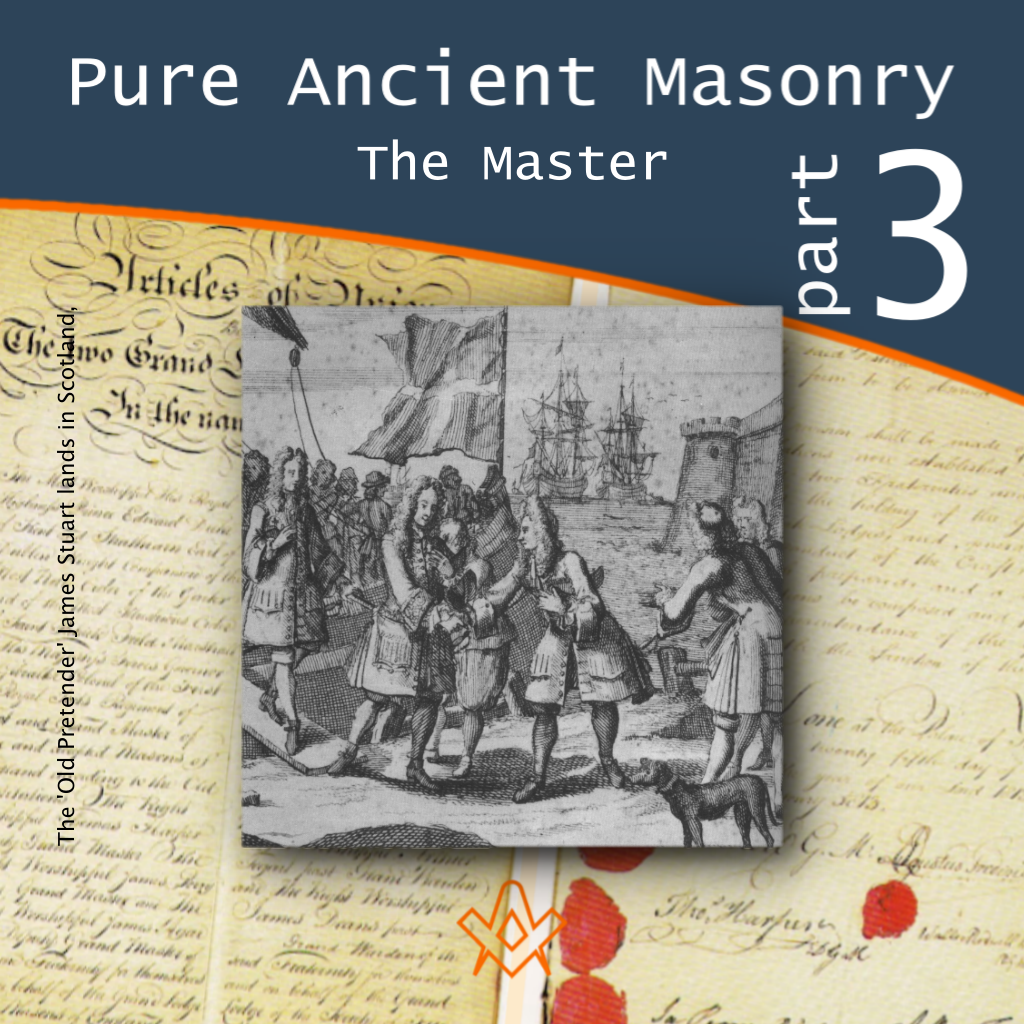‘A body without a soul?’
Pure Ancient Masonry consists of Three Degrees and no more, including the Order of the Royal Arch

Introduction: A new thought-provoking series on ‘conjoined’ Masonry and ‘the soul of the body Masonic’.
Part 1: An Entering Apprentice, Building Better Communities.
· Contractually entering an order to learn and serve.
· Learning from the Master: technical craftsmanship, ethical workmanship, and interdependence.
· Learning through a guild: charitability, state craftsmanship and engaging with the community.
Part 2: Fellow of the Craft, Building Better Knowledge
· Now with citizenship and trading rights to serve and work.
· Acquiring knowledge of ‘nature’ and ‘science’; a scientific citizen of the world.
· Knowledgeable engagement with the community and beyond.
Part 3: The Master, Building Better Character.
Part 4: A Companion in Rule, Building a Better World.
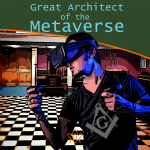
These building activities comprise the soul of the body Masonic. To be of any earthly use, Freemasonries must engage with the world as it is becoming; not as it is receding.
Therefore, to promote migration from analogue to digital Freemasonry, a temporary conjoining of physical and virtual experience will be necessary.
The series will draw on the implications of ‘Metaverse’ as excellently introduced by The Square Publisher, Nicholas Broadway.
‘It is the ability to do anything imaginable, albeit in a virtual world.’ (The Gospel according to Mark [Zuckerberg]).
In so doing, it will assume that the old and new will coexist until the former withers. See Broadway’s Product Life Cycle of Freemasonry – Square Magazine
The four-part series seeks to identify the defining characteristics, lessons and benefits of each of the Three Degrees and the Order of the Royal Arch, which when conjoined, comprise Pure Ancient Masonry.
Semantics aside – degrees/orders/steps – Pure Ancient Masonry consists of four parts. (‘Building the Temple’ is the fundamental, overarching Masonic allegory for building better people to build a better world.)
This must be understood as four aspects of a seamless whole: why not confer each part in a Lodge opened in four stages?
Progressing from the third part to the fourth should be no more protracted than from first to second or second to third.
Yes, this series is proposing Three Degrees and the Royal Arch as a practical, unifying, unified theory; four cardinal aspects of world citizenship as enunciated in the First Degree and realised in the Royal Arch.
For Freemasonries to survive, their digitisation is necessary: ‘…without the means of change is without the means of…conservation.’ (After Edmund Burke, Reflections on the Revolution in France.)
Pure Ancient Masonry is to be understood as a fraternal order predicated on being an enhanced form of citizenship: we are what we do.
The contemporary Post Truth milieu claims that so much of what is said and done is driven by feelings/emotions; as such, they are outside of a truth – falsehood analysis.
Readers of The Square should not believe anything they are told but not disbelieve it either! We must cultivate respect for, and be comfortable with, ‘I do not know’ with decision-making based on: ‘What would a good citizen do?’
Part 3: The Master, Building Better Character
Following the Civil War divide, the Royal Society (RA) created a mantle of internal peace by uniting scientists and people of influence around the growth of scientific methodology and its emergence within the public sphere.
The maritime challenges prioritized by the Royal Society were indeed global issues in general, of the trading world in particular.
In 1707, the Acts of Union created Anne, Queen of Great Britain and Ireland who chose the counsel of ‘Tory’ ministers; Church, rural and landholding; rather than, Whig dissenter, trading and the growing urban-sphere. The ‘Church’ preference was open to interpretation as cover for Jacobite restoration.
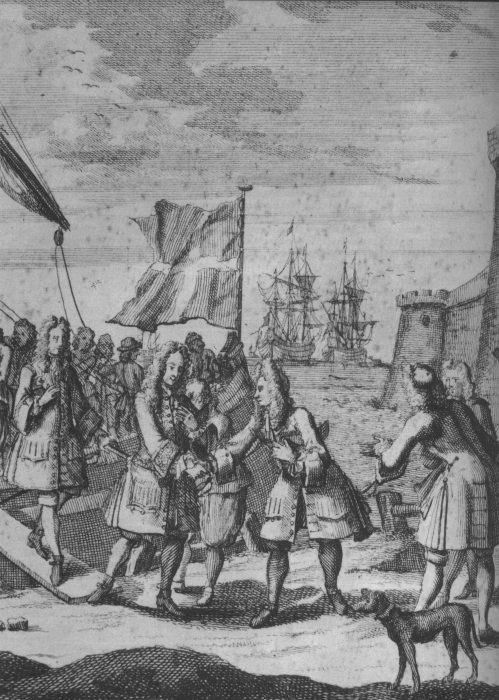
The ‘Old Pretender’ [James Stuart] lands in Scotland, after Sheriffmuir, 18th century.
IMAGE LINKED: wikimedia Attribution 4.0 International (CC BY 4.0)
French support in 1707 failed to install ‘Old Pretender’ James in Scotland: this was met with Whig victory in the 1708 General Election. The rise and fall of Court favourites notwithstanding; by 1713, Ann’s health was in terminal decline and Whig, Robert Walpole, became the power behind the throne: primus inter pares for the next three decades.
Walpole said:
A minister might shear the country gentlemen when he would, and the landed interest would always produce him a rich fleece in silence; but the trading interest resembled a hog, whom if you attempted to touch…he would certainly cry out loud enough to alarm all the neighbourhood.
In Parliament, 15 April 1714, Whigs questioned, ‘whether the Protestant succession in the house of Hanover be in danger under Her Majesty’s Government’.
Walpole was deputed by his Kit-Cat Club to led the debate. Under the guise/disguise of bookishness, geniality and toasts to noble ladies, were Kit-Cat members ‘the patriots which saved England’?
Might it be the case that ‘clubs’ were formed for reasons belied by outward claims and appearances: was the Grand Lodge of England one of them?
At the invitation of the Whig Parliament, George, Elector of Hanover became George I of Great Britain and Ireland in August 1714.
This was followed with an eighteen-month, failed, attempt by the ‘Old Pretender’, to re-establish a Catholic Stuart monarchy.
The mantle of peace concealed a heaving magma of Tory – Whig rivalry; this generated state-sponsored espionage and spored clubs and societies; some supportive of government, some otherwise: Sir Robert Moray, Grand Architect of the Royal Society, had been a double-agent. (Whither the self?)
The Royal Society was for the status quo per the Act of Settlement 1701; from its foundation it banned discussion of religion and politics, this to avoid impeding its work on a scientific methodology to unite humankind.
On 17 March 1715, Walpole moved a Parliamentary address attacking the previous government and announced the intention of ministers to punish those responsible for the attempted restoration of the Old Pretender.
He chaired the appointed investigatory ‘Committee of Secrecy’; and, was keeper of ‘The Secret Fund’. The excesses of which alarmed George II and fuelled political opposition.
Perhaps from 1714 commenced the gestation of English Freemasonry which was formalised by Constitution in 1723.
Perhaps its undeclared purpose was to defend the Hanoverian dynasty, with the ‘Second Charge’ defining Masonic loyalty and citizenship.
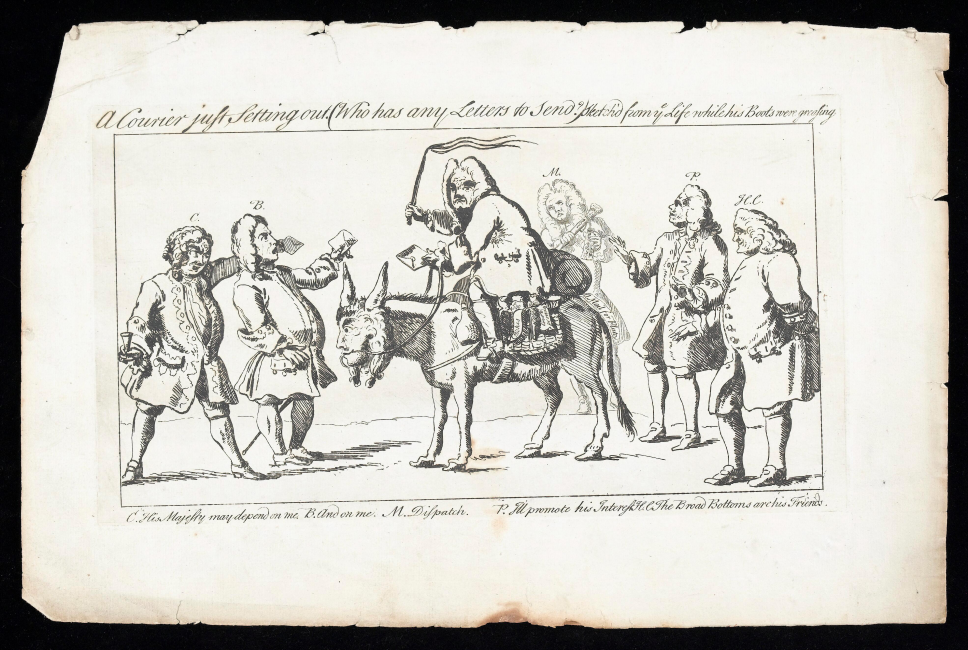
Robert Walpole, Earl of Orford, with a whip in one hand and a letter in the other, mounted on an ass with a human head. Etching with engraving, 1745.
IMAGE LINKED: wellcome collection Attribution 4.0 International (CC BY 4.0)
Being raised from a Fellow of the Craft to a Master Craftsman is a transition from knowledge to wisdom.
The Part 3 Working Tools are not those of a craftsman: rather, the instruments of an architect. The pencil, to produce drawings/plans; the skirret to mark out the plot; and compasses for detailing the several parts.
In the Greek language, it is not clear how a craftsman becomes designated as a builder or designer. Craftsmen were called Tektōns; Joseph and Son of Galilee are well-known tektōns/carpenters. Perhaps tektōn could also apply to builder and/or designer, an archtektōn – or as we would say – ‘architect’.
It was the Masters/builders/architects who rose to leadership in and over guilds thereby, becoming Freemen, Wardens, and Mayors, ruling and managing with bankers and merchants, in and over the City of London.
They were made fit for this purpose through drawing on sound technical craftsmanship and ethical workmanship; thereby, enabled to withstand ruffian challenges: building stronger character.
The Part 3, preparation for leadership and management is often demonstrated by election to Master of a Lodge as thereby, the opportunity is provided to lead from within a team (Primus inter pares?)
On election, the new arrival may have knowledge of the words, ‘A Master rules his Lodge’. He is becoming wise when realising that wisdom is when two or more people – as many as necessary – agree to do something.
This demonstrates the interdependence and ethical workmanship acquired in Part 1; the knowledge acquired in Part 2; and now being utilized on a path to wise leadership in government, business, and civil society – enhanced citizenship.
This in the confidence flowing from sound preparation and training followed with open election by one’s peers.
When a decision is to be made, wise people will ask, ‘What would good citizens do?’

‘That most interesting of all human studies
– the knowledge of yourself.’
FEAR——-pessimism——-Scientific Methodology ——-optimism——-TRUST
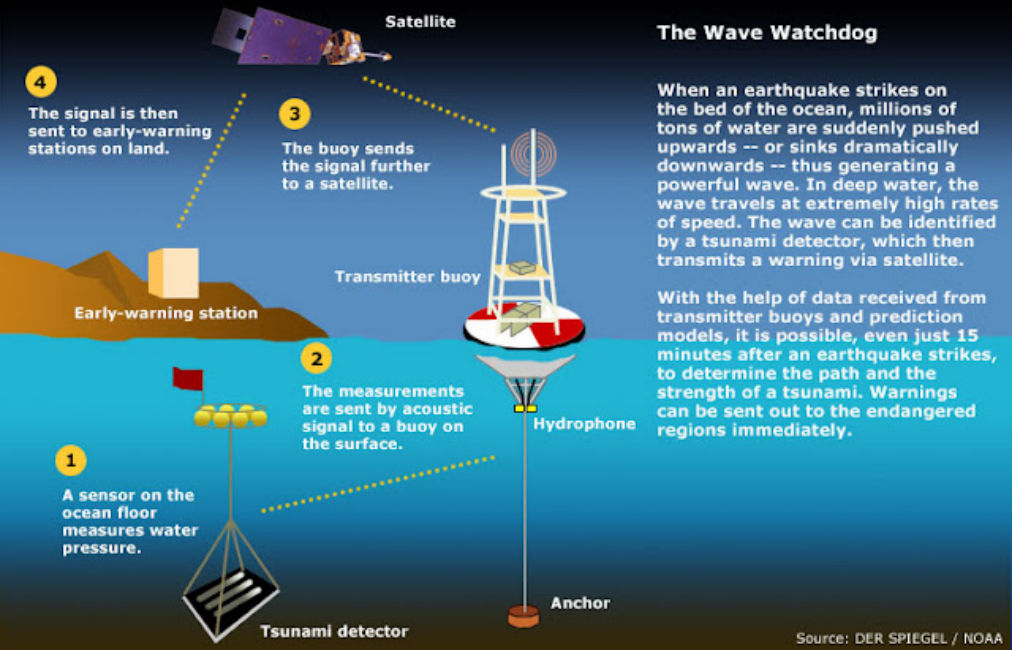
A Tsunami Early Warning System: effective across national boundaries. Image via: Der Speigel/NOAA
This series is proposing that together, scientific methodology and enhanced citizenship provide a basis for progress from fear to trust.
Prescott in his ‘A Body Without a Soul?’, traces the origin of religion to primitive, pre-scientific, understandings of nature – a nature which was feared; however, given the progress of scientific methodology to predict and control, fear can be replaced with trust.
The Austrian-British philosopher Ludwig Wittgenstein (1889-1951) once asked, ‘Why did people believe the Sun moved and that the Earth was fixed?’
It was answered, ‘Because that’s how it looked.’ To which Wittgenstein responded, ‘How would it look if the earth revolved on an axis in an orbit around the sun?’ The concept of ‘a/the self’ is ‘how it looks’.
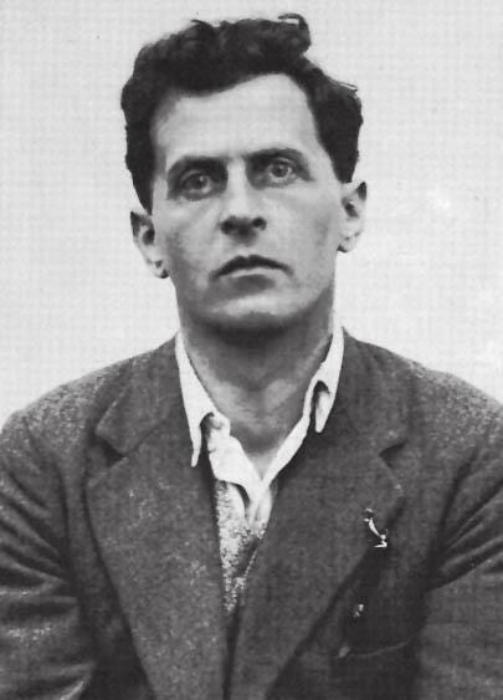
Ludwig Wittgenstein on being awarded a scholarship from Trinity College, 1929. By Clara Sjögren – Ludwig Wittgenstein: The Duty of Genius by Ray Monk (ISBN 978-1-448-11267-8), Public Domain..
IMAGE LINKED: wikimedia Attribution 4.0 International (CC BY 4.0)
For Aristotle, the knowledge of the self is the beginning of all wisdom. This confirms the process of passing from knowledge to wisdom but what, is this ‘knowledge of the self’? As with apple-pie and motherhood, it sounds like a good idea.
The beginning of wisdom builds on the knowledge gained in Part 2: rhetoric and logic. Rhetoric the language of feelings – logic the language of reason.
Knowledge of the self is knowing that what I am saying and doing is either feelings driven or rationally driven. The point is feelings cannot be located in a truth – falsehood category.
Wisdom is not believing anything we are told; but, not disbelieving it either – agnosticism.
Wisdom is having the character to be effective in uncertainty and stepping outside a cosy comfort-zone of rhetoric-fuelled, illusory, certainty.
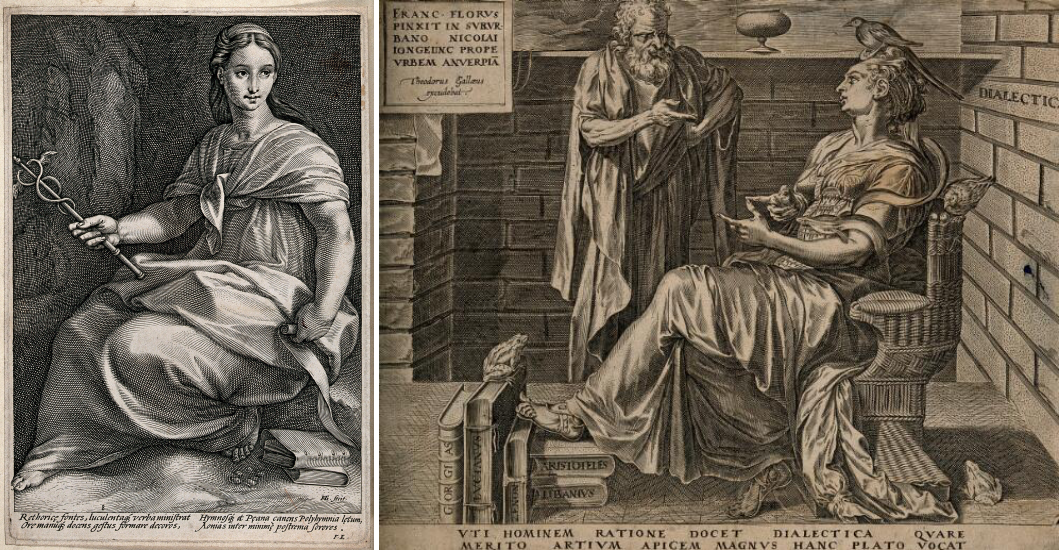
left: A seated woman with a scroll and two books, holding a caduceus; representing Rhetoric. Engraving by H. Goltzius.
right: An old man discourses with a woman with a bird on her head; representing dialectic. Engraving by C. Cort, 1565, after F. Floris, c. 1557..
IMAGES LINKED: wellcome collection Attribution 4.0 International (CC BY 4.0)
What is the self? What is the true colour of a chameleon? A chameleon’s colouring is a response to changes in age, bodily cycles, fear, hunger, the weather and being desirous, or otherwise, to mate.
The true colour of a chameleon? It doesn’t have one; its colour depends on a range of contingencies. On any day, how would a chameleon’s self be identified.?
By checking the colour of that day’s coat; perhaps knowledge of the self is like regularly identifying shades on a Dulux Trade Palette. (See Daniel Kahneman, Thinking, Fast and Slow.)
Part 3, ‘…prepares you, by contemplation for the closing hour of existence…’ A reason for freemasons to contemplate thus would be to plan life as if it was to be forever; and, live each day as if it might be the last.
Article 29 of the Declaration by United Nations would not concur with the view that self-improvement precedes mutual improvement.
It says, ‘Everyone has duties to the community in which alone the free and full development of personality is possible’.
For ‘Development of personality’ read, ‘Building Better Character’.
How topical! The 1956 crisis in Hungry and Central Europe resulted in the displacement of millions of people – refugees: the United Nations launched a world-wide appeal.
In England it was supported by a National Fund presided over by the Lord Mayor of London, V.W. Bro. Sir Cullum Welch OBE MC.
As ordered to be read in lodges in November/December 1956, English jurisdiction lodges were instructed, ‘no contributions should be made in the name of Freemasonry to the Lord Mayor’s National Fund but if they wished, Freemasons could do so privately’. Hungarian Appeal By Lord Mayor (1956) – YouTube
Part 4, will look well beyond this with the narrative of the sojourners (refugees) arriving from Babylonia. They were received as ‘strangers’ – displaced persons – without citizenship.
The Royal Arch, which perhaps includes a retrospect of Parts 1 – 3, charts the progress of these ‘strangers’ to becoming ‘princes and rulers’.
Perhaps the concept of a ‘soul of Freemasonry’ will be challenged. Also in Part 4, aspects of Sapienship will be considered as a model for world citizenship.
Article by: Gerald Reilly

Gerald Reilly was initiated in 1995 into St Osyth's Priory Lodge 2063. Essex. England (UGLE).
He was a founder member of Josh Heller's Allthingsmasonic, and with Josh co-wrote 'The Temple that Never Sleeps' (Cornerstone Books, 2006) he is committed to the development of e-Freemasonry.
Awarded the Norman B Spencer Prize, 2016.

WORKBOOK For Thinking, Fast and Slow by Daniel Kahneman
by Bridget Wright (Author)
Workbook For Thinking, Fast and Slow by Daniel Kahneman
HOW TO USE THIS WORKBOOK FOR ENHANCED APPLICATION
This workbook is designed to help readers have more in-depth knowledge about life and human existence.
In the book “Thinking, Fast and Slow” by Daniel Kahneman, Kahneman a world-famous psychologist and winner of the Nobel Prize in Economics, takes us on a groundbreaking tour of the mind and explains the two systems that drive the way we think. He portrays that System 1 is fast, intuitive, and emotional; while System 2 is slower, more deliberative, and more logical.
He explained these two systems in detail, and then went further to reveal where we can, and cannot trust our intuitions and gave steps on how we can tap into the benefits of slow thinking.
This workbook helps you put those steps into motion by pushing you to not just read, but take action. To get the best out of Daniel Kahneman’s book, and life itself, attempt to answer the questions in this book sincerely, and carry out the exercises.
Before answering the questions here in, it is advised that you make more than one copy of this workbook. Re-attempt to answer these questions after two or three months and you’ll notice that there are improvements in the way you think and behave.
Also, don’t be too hard on yourself when answering the questions. If the questions or tasks feel too difficult, leave it and come back to it when you feel better. Make sure you’re relaxed as you answer these questions.
Recent Articles: Pure Antient Masonry
 Pure Ancient Masonry; Introduction This series will consider the defining characteristics, lessons and benefits of Three Degrees, the Order of the Royal Arch and when conjoined, Pure Ancient Masonry. |
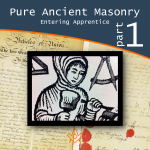 Pure Ancient Masonry; P1. An Entering Apprentice Part 1. An entering apprentice: Building Better Communities; Pure Antient Masonry consists of four parts. ‘Building the Temple’ is the fundamental Masonic allegory for building better people to build a better world |
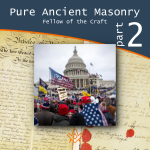 Pure Ancient Masonry; P2. A Fellow of the Craft Part 2: A Fellow of the Craft, Building Better Knowledge. Pure Antient Masonry consists of four parts. ‘Building the Temple’ is the fundamental Masonic allegory for building better people; this must be understood as a seamless whole: |
 Pure Ancient Masonry; P3. The Master, Building Better Character Part 3: The Master, Building Better Character - Being raised is a transition from knowledge to wisdom. |
 Pure Ancient Masonry; P4. A Companion in Rule, Building a better world Part 4: A Companion in Rule, Building a better world - The four parts of Pure Antient Masonry comprise the ‘body’ Masonic; they are the building blocks of the vital relevance, through enhanced citizenship, wherein the soul of Freemasonry abides. |
masonic knowledge
to be a better citizen of the world
share the square with two brothers

click image to open email app on mobile device


